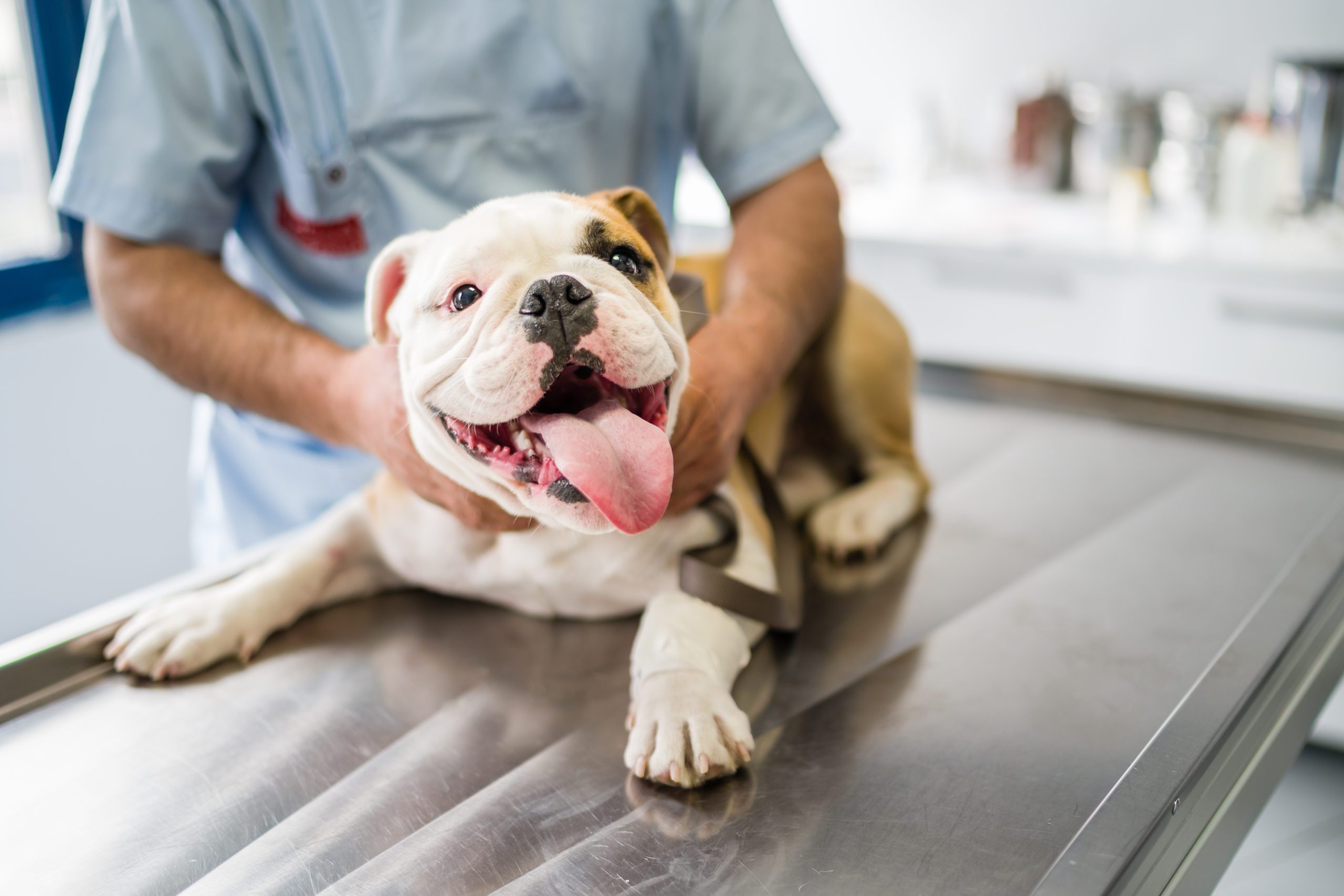Tips for Reducing Vet-Visit Stress
While most dogs don’t usually mind going to the vet at first, it sometimes can become their least favorite outing once they begin associating their vet visit with being vaccinated or handled by strangers. But one of the worst things you can do is avoid routine vet care for dogs or other pets because of this anxiety. Instead, alongside establishing routine vet care for your dogs, here are some tips you can try out to help reduce pet stress during future vet visits.
- Learn your dog’s body language. It’s usually pretty easy to spot when your pet is nervous. They’ll hide behind you or between your legs, tuck their tail, or have a crouched posture, but some other more subtle signals are easily missed. These include refusing treats, pacing, licking their lips, yawning, and avoiding eye contact. Once we can recognize these signs, we’re able to respect them and ultimately cater to them to help reduce pet stress.
- Bring them to their visit hungry. You’ll notice the staff at your veterinary office offering treats to help make their experience better, but dogs are less likely to accept treats, especially from strangers, when in a high-stress situation. By skipping breakfast and bringing your pet to their vet visit hungry, you’re enabling your vet to create that positive interaction and situational training.
- Desensitize them to being handled. Many dogs don’t like being touched on the feet, tail, ears, or mouth, but this just so happens to be precisely what your veterinarian must check for a thorough exam. Many dogs are sensitive to having their feet touched, and they pull away in anticipation. Also, if your pet needs to wear a muzzle at the vet, purchase one for home use. This way, it can be incorporated into daily life and not seen as something brand new and unique to visiting the vet. If you practice handling your pet at home in a relaxed and comfortable environment and combine it with positive reinforcement, it’s sure to help reduce pet stress when it comes to being handled by other people.
- Incorporate the carrier. If your dog is smaller and uses a carrier in the car, be sure to incorporate it into their daily life — don’t save it solely for vet visits, or they’re likely to have a bad association.
- Bring some of their favorite toys. A pup will always be a little less stressed with their best pal by their side. And no, we don’t mean you, although you’re a close second! Consider bringing your pet’s favorite toy or even a favorite blanket or towel along for their vet visit so they can project any nervous energy they have onto snuggling and playing rather than struggling and pacing.
- Talk to them in a calming, encouraging tone. Depending on the reason for the vet visit, maintaining an upbeat attitude can be challenging knowing your pet is feeling under the weather, but animals feed off of our body language and emotions, so as long as we stay calm and positive, projecting that onto them and using reinforcing cue words like “good boy!” throughout the appointment, it’s sure to soothe them and relieve some anxiety.
Additionally, you can try things like pheromone sprays and car-ride conditioning; and if things don’t progress, talk to your vet about short-term anxiety medications. In the meantime, we can work together to help your pet stop viewing the vet as another stranger! Stop in for a “happy visit” just to say hi, sit in the lobby for a moment, get some treats, and then head out. This simple activity will help familiarize your pet with the environment and help the space feel more positive when it comes time to return.


